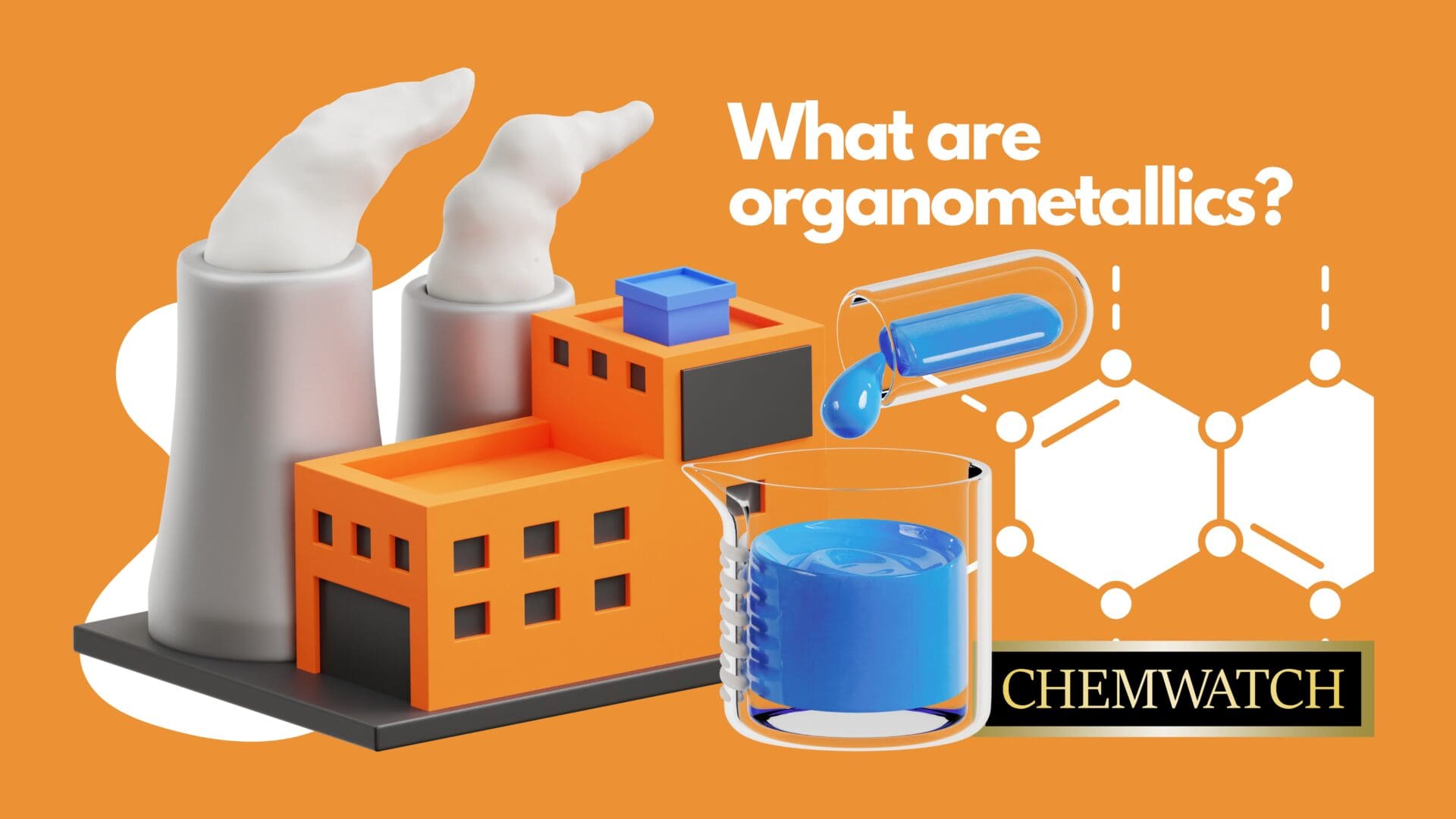
Organometallics is a branch of chemistry that studies chemical compounds containing direct metal-to-carbon bonds (House & House, 2016). These compounds are known as organometallic compounds. In organometallic compounds, one or more carbon atoms are directly bonded to a metal atom (Gardner, Seechurn, & Colacot, 2020). These metals are typically from the transition metal group, such as iron, nickel, copper, zinc, palladium, and platinum. Examples of organometallic compounds include Grignard reagents and Gilman reagents (Ashenhurst, 2022).

Organometallic chemistry plays a crucial role in industrial processes and academic research, and it has numerous applications in areas such as catalysis, organic synthesis, materials science, and bioinorganic chemistry. Some key points about organometallic compounds are:
The study of organometallics has significantly contributed to advancements in modern chemistry and has led to the development of new and efficient methods in chemical synthesis and industrial processes.
Organometallic chemistry is critical in various industrial processes due to organometallic compounds' unique properties and reactivity. For instance, organometallic complexes can have various coordination numbers, representing the number of ligands bonded to the metal centre. This diversity allows the design of complexes with different steric and electronic properties (Gardner, Seechurn, & Colacot, 2020). Here are some specific applications of organometallics in the industry:
Catalysis: Organometallic compounds are widely used as catalysts in industrial processes. They typically apply to homogeneous catalysis, where the trigger is in the same phase as the reactants. Transition metal complexes act as catalysts to promote chemical reactions, leading to higher reaction rates, increased selectivity, and milder reaction conditions. Catalytic processes based on organometallics produce pharmaceuticals, fine chemicals, petrochemicals, and polymers (Gardner, Seechurn, & Colacot, 2020).
Hydroformylation: Organometallic complexes, particularly cobalt and rhodium, are essential catalysts in olefins' hydroformylation (oxo process). This reaction converts alkenes to aldehydes, crucial intermediates in producing various chemicals, such as alcohol, acids, and plastics.
Metathesis: Olefin metathesis is a powerful reaction that rearranges carbon-carbon double bonds in olefinic compounds. Organometallic catalysts based on metals like ruthenium, molybdenum, and tungsten are employed in this process, which has applications in the production of speciality chemicals, pharmaceuticals, and functionalised materials (Gardner, Seechurn, & Colacot, 2020).
Polymerisation: Organometallic catalysts play a crucial role in various polymerisation processes. Ziegler-Natta catalysts, consisting of organometallic compounds based on titanium or zirconium, produce polyethylene and polypropylene. These catalysts enable control over polymer microstructure, resulting in materials with specific properties.
Pharmaceuticals: Organometallic compounds apply to pharmaceutical research and development. Medicinal chemistry involves organometallic complexes to enhance drug delivery, improve therapeutic properties, and target specific biological pathways.
Organic Synthesis: Organometallic reactions synthesize complex organic molecules. Processes like cross-coupling reactions (e.g., Suzuki, Heck, and Sonogashira reactions) use organometallic compounds to form carbon-carbon and carbon-heteroatom bonds, constructing intricate molecular structures.
Environmental Applications: Organometallics are involved in environmental remediation, such as wastewater treatment, air purification, and pollution control. Organometallics remove harmful pollutants from industrial effluents and exhaust gases. Organometallic compounds exert significantly low toxic environmental effects (Jenkins, Craig, Francesconi, & Harrington, 2006).
Metal-Organic Frameworks (MOFs): MOFs are porous materials made of metal ions connected by organic ligands. These materials have applications in gas storage, gas separation, and catalysis. Organometallic chemistry is crucial in designing and synthesizing MOFs with tailored properties for specific applications (Gardner, Seechurn, & Colacot, 2020).
Overall, the versatility and reactivity of organometallic compounds make them indispensable in numerous industrial processes, contributing to the advancement of modern technology, materials, and pharmaceuticals. Continued research in this field will likely lead to the discovery of new catalysts and processes with even greater efficiency and sustainability.
Many chemicals are not safe to be inhaled, consumed, or applied to skin. To avoid accidental consumption, mishandling and misidentification, chemicals should be accurately labelled, tracked, and stored. For assistance with this, and chemical and hazardous material handling, SDS, labels, Risk Assessment, and heat mapping, contact us today!
Sources: